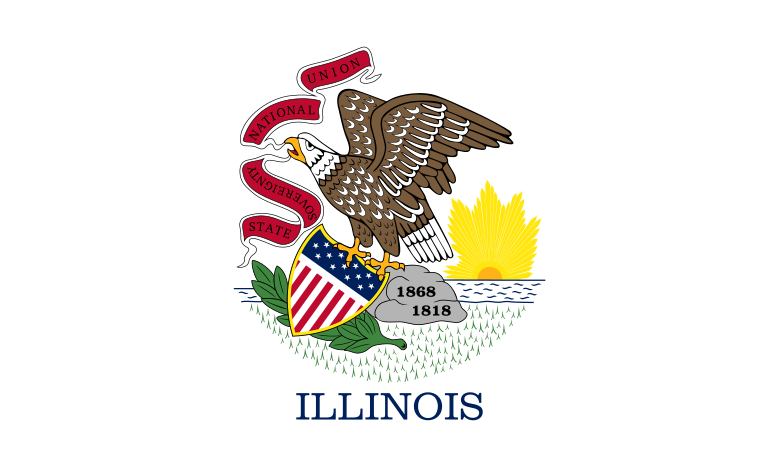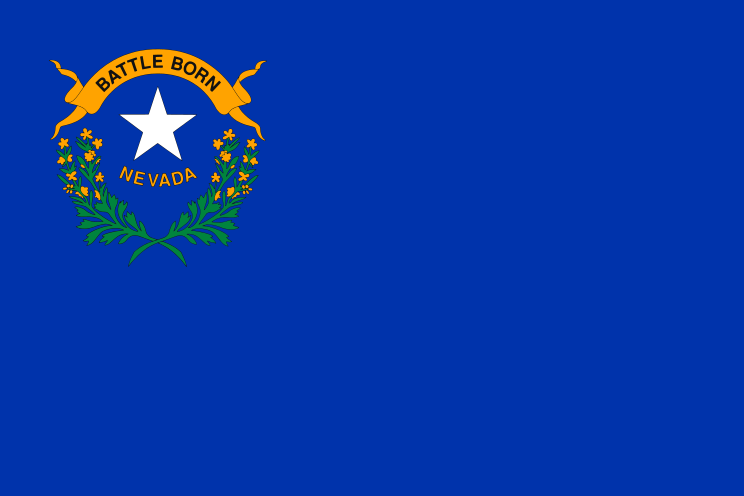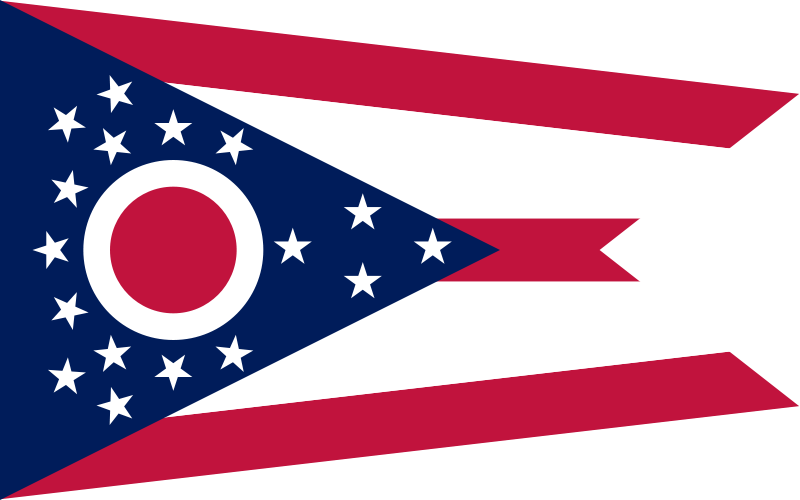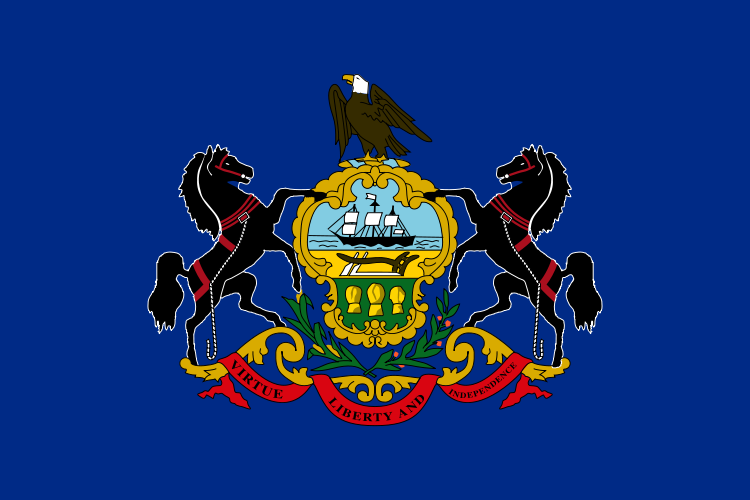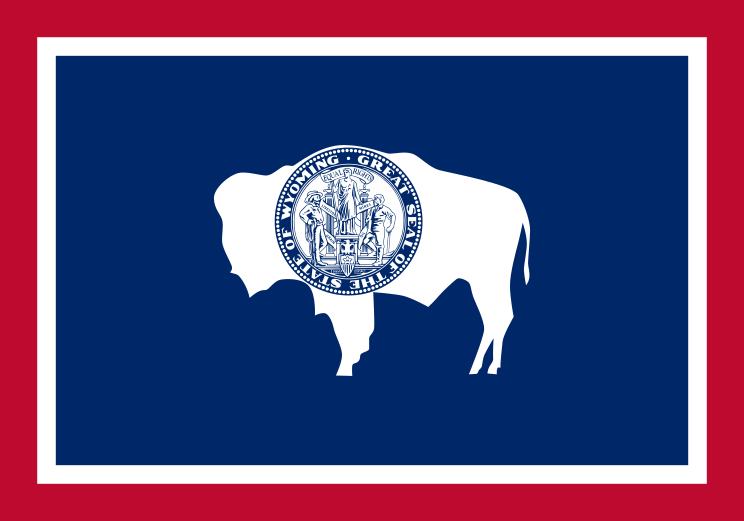i'd had a couple of motorcycle accidents before, but as yet hadn't actually come off the bike, so the physical evidence of my misfortune was that much more powerful as i sat staring at it in a dimly-lit hotel room in Hualien on Taiwan's east coast. it turned out that i'd been very lucky, sustaining just a pair of scraped knees and an awfully large blister on the palm of my hand. along with some bruising to the ego, of course. the thing that hurt most was actually my rear, owing to the time it spent in the saddle getting to Hualien, but i couldn't complain because i was lucky the bike was still ridable after going down.
some good start to our last week in Taiwan, but at the end of this June day we were feeling lucky just to be in one piece. we had already made one trip around the
Ilha Formosa, as related in
thecircumnavigation post, and were doing it again, in reverse, to bide our time before touring Southeast Asia so that we could take advantage of the favorable tax conditions our staying in the country would provide. Taiwan derives most of its revenues from the heavy taxation of imports, and so income taxes are kept at a very friendly (and easy to calculate) six percent for residents. to be a resident, however, a non-native must be in the country for at least 184 consecutive days. since non-residents pay a relatively hefty 20 percent, we decided to hang around until July 4th so we could save some of the money we'd soon want to be spending touring other exotic locales. we also got a chance to see a couple of the things we had so far missed, allowing us to truthfully say there are only about two things in the Taiwan guidebook that we haven't seen.
 a map of Taiwan, the beautiful island. we started this trip from our home in Fengyuan, just north of Changhua on the west side of the island, and rode over the Central Cross-island Highway (sort of) to the popular east coast resort town of Hualien. on subsequent days we rode further south to Taitung, then through Fengkang and back up to Kaohsiung and Tainan in the west, and back to Fengyuan.
a map of Taiwan, the beautiful island. we started this trip from our home in Fengyuan, just north of Changhua on the west side of the island, and rode over the Central Cross-island Highway (sort of) to the popular east coast resort town of Hualien. on subsequent days we rode further south to Taitung, then through Fengkang and back up to Kaohsiung and Tainan in the west, and back to Fengyuan.our goal for the first of our five days was fairly modest we thought, involving at most 150 miles of riding across the famed Central Cross-island Highway, one of only two roads to do such a thing. we figured it would take no more than five hours to make the trip and looked forward to being in Hualien in time for a good dinner and a nice trip to the beach. when we finally arrived there 11 hours after setting off, i was left sitting in that little hotel room, my beaten body aching from the journey, wondering just what had happened to all that time and how we could have been so wrong in our estimates. as i looked back i couldn't see any one thing that could account for the discrepancy, so i took each item in its turn. first, when we were just a half hour out of Fengyuan, we were riding along happily when my right arm, the throttle arm, suddenly shrieked with pain and had to let off the gas. i couldn't tell what was wrong but thought i'd been hit by road debris as i could see a mark of some sort on my bare forearm. i tried to soldier on but the pain was so exquisite that i had to motion to Jill to stop her rented scooter and come see what was wrong. what we saw appeared to be the last remaining half of some kind of creature, instead of a large bit of gravel, as i had supposed. i imagined that whatever it was had been hovering in mid-air just waiting for an improperly clad motorbike rider to come by. he had thrust out his tail stinger just like an angry cartoon bee might have done, determined to do the most damage possible if hovering on the highway was going to mean his own demise. which it did: after impact, only half of him was left, but he'd done such an incredible job of embedding that barbed spike in my arm that it took us several minutes to bring it out again without totally tearing up my flesh. and then the swelling started and didn't let up for several days, getting bad enough that i almost took my first trip to a Taiwanese doctor.
 the best shot we could get of my most obvious injury from wrecking my bike. a very large and surprisingly not too painful blister from coming off and sliding across the ground.
the best shot we could get of my most obvious injury from wrecking my bike. a very large and surprisingly not too painful blister from coming off and sliding across the ground.if we were people looking for a sign, this would have been it, a clear message from the gods that this trip was ill-advised. but we weren't, and merely counted ourselves lucky to be able to carry on. at length we began to climb into the foothills of the enormous mountains that run the length of Taiwan, leaving only a narrow plain to their west for man to till and harvest. at their height the mountains rise over 11,000 feet and can be pretty inhospitable (as we were soon to find), but we came across one group of nuns who appreciated the solitude. much of our time in Taiwan was spent exploring the backcountry to find those buildings that were designed to be hidden or just to blend with nature. as our road wound its way we saw a gleaming white pavilion tucked away on a nearby hillside and felt our way towards it so that we could get some pictures. as we wandered around the grounds we were practically taken into custody (albeit a very hospitable one) by a bald woman in long black robes, who offered us a welcome drink on this incredibly hot day. we were ushered into a small room where we were met at length by another robed woman sporting a crew cut, who spoke some English and asked what we were doing. when she had satisfied herself that we were only tourists she began to show us around the Cheng Yuan Temple, which she told us was a convent for Buddhist nuns like herself. that week, however, the convent was hosting other women from all over Taiwan who had come to stay and live the ascetic life by, among other things, silent meditation and chanting, which they were doing now in a large hall that appeared before our eyes as we rounded a corner of the deceptively large complex. the nun, who was Filipino, told us that she had been there several years but was still struggling with the Chinese language, and was glad to have someone to speak English with, if only for a few moments. she spent some time trying to explain, at my request, the point of being a Buddhist nun, which apparently amounts to being able to free yourself from worldly concerns. i was pretty unconvinced and we parted ways agreeing to disagree, and apparently agreeing to resist the urge to take pictures of their pristine temple, because i can't seem to find any anywhere.
for the moment it seemed our luck was changing and the signs were good, but not too much later i met with my unfortunate accident on a series of switchback turns going higher up the mountain. though a couple of hours into our journey without having made much actual eastward progress, i was encouraged by the weather and the virtual emptiness of the roads and was happily singing to myself over the roar of my 150cc Yamaha engine. i came up for a hairpin to the right which i was planning to take nice and wide, but all of a sudden a large truck came lumbering around the other way. realizing that i would have to correct to a new, tighter path or go straight into the side of this juggernaut, i tried to slow down quickly and reorient myself to the inside line. on the gravelly surface however, my front tire couldn't take the combined braking and turning and slid out from under me, sending the whole bike and i sliding across the road towards the truck that was now stopping. it turned out it was only stopping so that the two guys inside could laugh at the spectacle they had just seen, and soon they sped off again while i was left to pick up my possibly broken bike from an all but abandoned road in the middle of nowhere. Jill was unhurt, riding a good distance back from me, but had been pretty traumatized by seeing me go down. it wasn't really that bad of a wreck, and the bike was ridable but somehow never again felt the same to me. i was very glad of the helmet that took some pretty good scratches while protecting my face from what could have been a nasty road rash, and other than grazed knees and the strange blister i was physically fine.
though we'd just scored one more sign for turning back, the hurt ego went into overdrive and insisted we'd come too far and endured too much to go home at this point, so we rode on to the next town and got cleaned up in a McDonald's before continuing our journey. we were still headed up the Central Cross-island Highway and hadn't gone too much farther when we started to come upon construction work. this mighty sounding road is actually only one lane in each direction, and is built on some pretty hairy terrain, so we could see how there might be some repairs going on. little did we know they were the same ones that had been going on for almost six years! back in 1999, on September 21st, Taiwan experienced one of its worst ever earthquakes, which killed almost 2,500 people and demolished hundreds of structures, including a good chunk of the Central Cross-island Highway. to be fair, we had been warned that it might not have opened yet, but all the good folks that we had asked to check it out for us had politely declined, saying we probably shouldn't be riding all that far anyway. i may digress here and say this was one of the things i found most frustrating about Taiwan, or about Chinese people. we would ask for help to plan our travels, wanting information or maps from websites that were only in Chinese for instance, and our conscript would only help us if what we were planning to do was something she thought we should be doing. this was not something we were used to, and not something i ever got to enjoy, or even see in its probable proper light, of friends looking out for us.
anyway, after this, our third major setback, we had to backtrack and get a map to figure out how to get across the island on even smaller roads. we did so but as we ascended the drizzle began and the temperature dropped, and our bikes started to wheeze as the air got rapidly thinner. the roads got narrower and narrower with steeper drop-offs and more maniacal drivers just dying to pass up the vulnerable bikers. frankly, it was terrifying, and shortly before we reached our first summit i was sure that i was going to have to explain to Jill's parents how i had been the reason she was killed on a treacherous mountain road whose crumbling edges had tumbled into abyss without ever even being marked.
 the view from the top: the fading light and thick clouds we were soon to pass through while making our way down the magnificent (and this time very scary) Taroko Gorge.
the view from the top: the fading light and thick clouds we were soon to pass through while making our way down the magnificent (and this time very scary) Taroko Gorge.finally we made it to the top, and feeling like we had passed the worst we enjoyed the magnificent scenery. it had taken us about six hours to come this far, and the sun was thinking about setting beyond the horizon, but we were sure by this point we had made it. we were about halfway there geographically, and the rest was all downhill--surely it could only be a couple more hours. but we met some prescient college students on that summit who told us they were going to where we had come from, Fengyuan. we wished them luck and expected the same of them when we told them we were going the other way, but instead that jarring Taiwanese paternalism came out and they told us to turn around, we'd never make it. naturally, we scoffed at their suggestion, for how could they know of the trials we had already conquered? we parted company slightly annoyed but hopeful still of our good Hualien dinner.
below us lay
Taroko Gorge, Taiwan's incredible granite-walled canyon, which we had been looking forward to seeing along all its great length. but the signs once again were against us, as darkness and bitter cold began to set in, and even what sights of the gorge walls we could see weren't enough to keep up our spirits. the light faded quickly and we descended into cloud, rendering our visibility almost nil, which forced us to reduce speed to appropriate levels. thinking of our now-unlikely dinner made hunger rear its disquieting head, which compounded our misery to almost unbearable levels. the roadway through Taroko Gorge suddenly seemed unbearably long, its many twists and turns cruelly keeping us from our destination. we had only a few places to stop and stretch and relieve our straining eyes, as the road was narrow and being plied by large work trucks apparently driven by suicidal maniacs who were oblivious to our presence and plight. at one such stop we used what one could only call a restroom if he were inclined to be particularly generous, as it was little more than a trench in the ground with some plywood separators to form stalls. it was attached to a small store whose existence all the way up there i can't begin to explain, but i'm sure our appearance made the hard lives of those folks pretty entertaining for just a moment.
the next stop was some time later, about 10 hours since departure, after we had finally emerged from the cloud and descended almost to the mouth of the canyon. we pulled off the road and went hunting in our backpacks for the few snacks we had brought, only to find that the bags they were in had burst at high altitude and spread their contents all over our clothes. this finally broke some of the tension that had been steadily building and we laughed as we ate what we could salvage, feeling now that we had all but made it. then we descended into hilarium as Jill related that she was so tired from single-minded focus on the dim road and my brake light that her eyes had begun to play tricks on her. at one point she had thought that a lizard crossing the road in front of her bike had actually been a dinosaur. that one still keeps me laughing.
so, we missed our great dinner and had to settle for yet another McDonald's (it was the only thing still open when we rolled into town after 11pm), which we ate while resting up in that dim hotel. it was a good thing we had already been to Hualien, because the next day we took off again pretty early for the coastal ride down to Taitung (say Taidong). this stretch of single-lane highway is about another hundred or so miles, but with several things to see along the way, among which was this little gem:
 i just wish i'd been around to see some of the activities that made them put up this sign.
i just wish i'd been around to see some of the activities that made them put up this sign.as i recall, it took about five or six hours to ride this leg of the journey, so we made frequent stops to check out the scenery or just take a rest from the weight of our backpacks. we found this sign, which is unusual mainly for having good English translations, by a creek just off to the side of the highway. i wouldn't think there'd be much left to eat after bombing a fish, but i'd love to meet the guy that got caught trying it. later, about halfway from Hualien to Taitung we took a few minutes to celebrate our crossing of the Tropic of Cancer, which is marked by this very memorable structure:
 Jill showing off the unmissable marker for the Tropic of Cancer, which we did actually miss and had to turn around for. clearly it was worth it though. the Tropic itself runs east to west right through that gap in the tower. below, i stand outside one of the many Caves of the Eight Immortals, which are right on the highway just a few kilometers south of the Tropic.
Jill showing off the unmissable marker for the Tropic of Cancer, which we did actually miss and had to turn around for. clearly it was worth it though. the Tropic itself runs east to west right through that gap in the tower. below, i stand outside one of the many Caves of the Eight Immortals, which are right on the highway just a few kilometers south of the Tropic.
there are several Caves of the Eight Immortals, which have been turned into a large complex for passing tour buses. artifacts found there have revealed that the caves were inhabited in prehistoric times, but more recently they have been used as temples, several of them now housing gaudy religious icons. as you can see from my clothing, even though we were riding at sea level right along the coast on this day, the weather wasn't so great, and the mist that hung over the caves gave them a kind of mystical feel. when we started hiking around the site however, the Taiwanese summer humidity quickly cured us of our windswept riding chills and i started to boil in all that raingear.
though it did give some helpful protection as we started riding again, this time as far down as the Platform of the Three Immortals (anyone sensing a theme here?) halfway between the caves and Taitung. the Platform is really just a small outcropping of rock separated from the mainland by a narrow channel. for some reason the tiny island thus formed is important enough to have one of the coolest bridges in the country (or in any country actually) spanning the strait that leads to it.
 the eight-arched footbridge that leads to the Platform of the Three Immortals in Taitung County. the top of each arch is smoothly humped, but the steeper sides have long, sloping steps. it's cool at first but by the sixth arch it's getting pretty annoying to walk over. this spot is popular enough with the many tour buses that ply this coast to warrant a parking lot and several trinket shops, not to mention food stalls, as below:
the eight-arched footbridge that leads to the Platform of the Three Immortals in Taitung County. the top of each arch is smoothly humped, but the steeper sides have long, sloping steps. it's cool at first but by the sixth arch it's getting pretty annoying to walk over. this spot is popular enough with the many tour buses that ply this coast to warrant a parking lot and several trinket shops, not to mention food stalls, as below:
those delectable treats above are squid on a stick, very popular delicacies in this part of the world, but not something we were ever particularly tempted to try. there are various Pacific fish to either side of the squid, and some kind of roasted shell bug creatures in the near container. needless to say, we didn't try those either. most of the food in Taiwan was not bad, just kind of scary. on the few occasions when i did manage to eat something that my eyes said i shouldn't, i found that the things didn't necessarily taste bad, more like they just didn't belong in my mouth. nevertheless, i do admire the Taiwanese for making use of things i would never dream of eating and that would probably serve no other purpose, and we were able to find several things that we did like. among these was a breakfast dish called dam-bing that is made of egg crepes and bacon and was served at a little place right across the street from of our hotel in Taitung. both times we came to town we ate at this little breakfast shack, and both times we stayed at this hotel. on this trip we stayed for a couple of nights, so we could spend a day visiting Green Island, an hour's ferry journey from Taitung.
 the ferry that took us from Taitung to Ludao (Green Island), and Jill and me on that journey, with mainland Taiwan in the background.
the ferry that took us from Taitung to Ludao (Green Island), and Jill and me on that journey, with mainland Taiwan in the background.
originally we had wanted to take a helicopter over to Green Island, but after spending half the morning at Taitung's tiny airport being told that all the guidebooks were wrong and only planes made the trip, we settled for the much cheaper ferry. which worked out well, because the scooter rental places are right next to the harbor, so five minutes after landing we were zipping off to explore the busy tourist island.
 Jill and the aptly named Green Island Lighthouse, which is still operational, and below, the more deceptively named Green Island Lodge, once a prison for political dissidents.
Jill and the aptly named Green Island Lighthouse, which is still operational, and below, the more deceptively named Green Island Lodge, once a prison for political dissidents.
the lighthouse was built during the Japanese occupation of the island in the 30s, in response to the wreckage of the American ship
President Hoover on a coastal reef. the Green Island Lodge was one of three prisons on the island, which were filled with those who dared speak out against the government of Chiang Kai-shek during his period of "White Terror" in the 1950s. acroos the road from the Lodge is a large and quite pleasant park containing the Human Rights Memorial Monument that commemorates those incarcerated in the prisons. we took a while to relax in the park but skipped the very popular snorkeling and the busy Kuanyin Cave (one of religious significance wherein there is a stalagmite wearing a red cape, to represent the goddess Kuanyin) in favor of the real attraction of Green Island: the Chaojih Hot Springs.
 Jill and me in the coolest of the three pools at Chaojih Hot Springs in the south of Green Island. it was still a little too hot for me.
Jill and me in the coolest of the three pools at Chaojih Hot Springs in the south of Green Island. it was still a little too hot for me.with the East Asian penchant for hot springs, it would be easy to think there's nothing special about Chaojih, but that thinking would be wrong. you see, these three pools on the beachfront are among only three saltwater hot springs in the world. the others are on Mt Vesuvius in Italy and somewhere in Hokkaido, Japan (we tried to figure out where so we could go there when we were in Japan, but nobody down in Nagoya could figure it out). the saltwater is supposed to have even more remarkable healing powers than regular freshwater hot springs, so we gave it a try notwithstanding what i remember to be a rather high entry price.
taking Wednesday off to relax on Green Island was definitely a good idea on this trip, but soon enough we had to be on our way, this time back across the island and up to Tainan. we had to ride about 60 Km (35-40 miles) farther south to get to a road that would cross the island again, but that coastal stretch was one of the most beautiful i've ever seen. there's not much life along there but mountain forests slope down steeply into clear blue ocean, with only space for the road carved out. there are a couple of towns and some beaches but generally it's remarkably unspoiled and the vistas are amazing, and were especially so given the great weather we had that day and the fresh air we could feel as riders.
when we turned to the west to cross the island, we began to climb up into the mountains and were glad for the cool air that accompanied our rise. we weren't so glad to be met by a full scale police roadblock that had been set up by a county force that was obviously bored with little else to do. they could have tried going out and patrolling the road, but chose instead to just divert all traffic on that road through the parking lot of their station for inspection. they didn't seem to want to be bothered trying to understand our "Engrish", so they let us go without even seeing any documents, and we kept on all the way to Kaohsiung (say Gaoshung). the west coast in this area was much less attractive than the east had been, and Kaohsiung, Taiwan's second largest city, gets very industrial on its outer reaches and was distinctly unpleasant to ride into. we ate in town but didn't stay, pressing on to spend the last night of our little tour in Tainan, probably my favorite city in Taiwan.
though not that we had much time to enjoy it this time through, as we took off pretty early for the grueling ride back to Taichung and Fengyuan, all of which was very hot, very dirty and marred by all kinds of roadworks. we even rode through the vast Taichung harbor complex, where we dodged huge dump trucks and got caked by the clouds of industrial dust that stuck easily to our sweaty skin and damp clothes. this last hundred miles or so took another six or more fairly uncomfortable hours, but we were able to look back on one of the most satisfying, if turbulent, trips we had taken to that point. plus, we were so happy to have reaped such huge tax savings that we treated our grimy selves to a good old American hamburger at Chili's in Taichung. then, finally reaching Fengyuan after dark, we turned our minds to the pending trip we were going to take in Southeast Asia. and with that, i'll turn my mind to how to report it here.




























































































